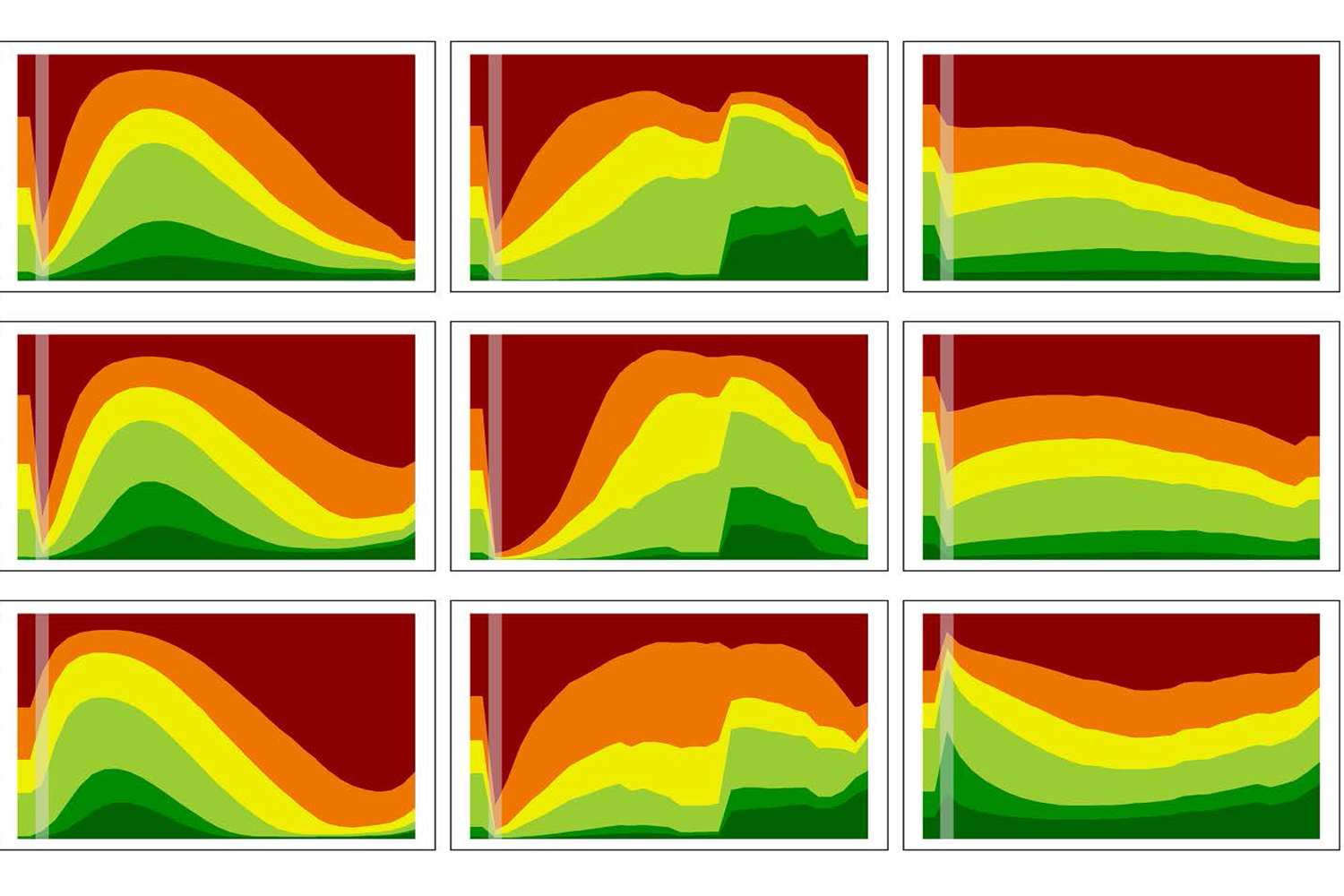
Abstract
Forests in the early stages of regeneration are valuable habitat for threatened grizzly bear (Ursus arctos) populations inhabiting the interior mountains of North America, with forest management affecting the timing, prevalence, and quality of such habitats. Forest harvesting can lead to early-seral habitat, however the quality and duration of post-harvest habitat compared to natural disturbances (e.g., wildfire), is not known. North American silvicultural practices are mandated to ensure tree regrowth following harvesting, and a rapid rate of growth in managed tree regeneration may lead to a shorter time window during which attractive early-seral habitat is available to bears compared to natural forest disturbances. The distribution of natural disturbances across forested landscapes may also be an important consideration in the response of bears to forest harvesting. In this study, we analyzed grizzly bear habitat selection for 160 collared grizzly bears across 118,000-km2 (68% of their known habitat) in Alberta, Canada, using metrics of forest disturbance and recovery derived from a 33-year satellite time series. We developed seasonal resource selection functions to evaluate (1) if selection of recently harvested forests was contingent upon the availability of natural disturbances, (2) how habitat selection within disturbed areas varied across disturbance types, and (3) how habitat suitability changed over time during the first 30 years of forest recovery following various disturbance types. Results showed that, compared to areas not recently disturbed, grizzly bears were up to three times more likely to select for harvested forests when natural disturbances were limited in their home range, while selection of harvested forests was neutral when natural disturbances were abundant. When available, grizzly bears were more likely to select for natural disturbances compared to harvested locations, especially during Hypophagia (spring) and Hyperphagia (fall). Selection of harvested locations was inversely related to forest recovery assessed by spectral analysis and decreased sharply 15–20 years post-harvest, at which point it tended to be lower than pre-disturbance. This study demonstrates the utility of vegetation, disturbance, and recovery metrics derived from satellite time series for enriching our understanding of wildlife habitat selection in dynamic landscapes. Our results also have implications for forest management in regions where grizzly bear habitat availability and selection patterns are important. While rapid forest recovery following harvest is desirable and beneficial for a multitude of ecological and economic objectives, it appears to minimize the period of attractive early-seral habitat for grizzly bears.
Citation
Sean P. Kearney, Nicholas C. Coops, Gordon B. Stenhouse, Scott E. Nielsen, Txomin Hermosilla, Joanne C. White, Michael A. Wulder. “Grizzly bear selection of recently harvested forests is dependent on forest recovery rate and landscape composition.” Forest Ecology and Management. 449: 117459. 2019. DOI: 10.1016/j.foreco.2019.117459
Find the full article here.






